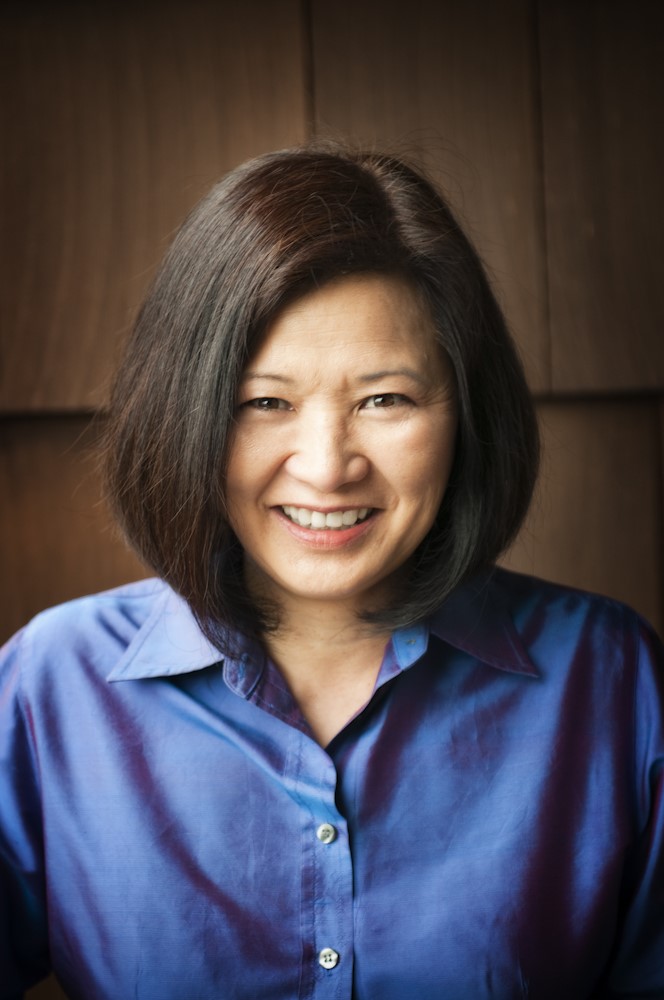Fueling Innovation Through Competition
Innovation is a word used so frequently that perhaps it has become almost trivial. Globally, we use innovation to describe many things, from new technologies, to new processes, to disruptive ideas, but the action of innovation itself becomes harder to define, and harder still to execute. Countless ideas are abandoned because entrepreneurs could not find the proper funding or mentorship to build their idea from a mere thought to a reality.

Many entrepreneurs and startups will turn to venture capitalists (VCs) to try to gain funding and support, but it is a challenge in and of itself to get a meeting with a VC, much less secure VC money. This is where foundations and philanthropies, which might be more poised to take risks, can help fill the gap by providing grants to new social impact ideas and start-ups. At the Vodafone Americas Foundation – whether through grants or competition – our goal is to support organizations that use wireless technology to impact change, spark innovation, improve lives, transform the global development sector, or empower women and girls.
One avenue we take to support organizations – whether a nonprofit, university project, or start-up – is to provide traditional grants earmarked to help develop their product or service to drive social good. However, traditional grants are not the only model for supporting innovation; companies and foundations big and small are developing competition programs to help good ideas develop and move forward. A competition with specific criteria and parameters becomes a refined filter to find driven and passionate individuals - not an arbitrary search. Both commercial and philanthropic organizations host competitions to find the perfect match for unique, effective, innovative, and sustainable solutions to rise to the surface.
Specifically, for us, since Vodafone is a telecommunications service provider, we focus on the ability of mobile technologies to drive innovation for those in need. Because mobile technology is ubiquitous, with over 7 billion mobile subscribers worldwide, it is one of the most effective tools for social change. Innovative mobile solutions have already started to change economies through mobile money, mobile micro-loans, delivery of healthcare through mHealth, education through mobile platforms, and so much more.
Each year we look for new ideas that leverage mobile for a better world through our Wireless Innovation Project, (WIP) a competition. The competition is designed to promote innovation and increase the implementation of wireless-related technology. The competition recently opened its ninth annual call for submissions. In March 2017, we will select the winners, with first place receiving $300,000; second place $200,000; and third place $100,000. The winners can receive both the funding and potential mentoring they need while we can invest in the causes and services that are important and meaningful to our mission.
We are excited each year for the WIP competition because it provides unique opportunities for entrepreneurs and the Foundation alike. For example:
- We get to see their passion firsthand. Each year, we ask the finalists to pitch their project in person at our California offices. This provides us the opportunity to meet new entrepreneurs (and for them to meet one another) to witness their drive and passion for the project. Although there are costs for the Foundation to hold in-person competitions and get everyone under one roof, we feel strongly about getting to know the person behind the innovation; we need to know that they are as committed as we are to ensure a good partnership.
- Competition brings out the best. In a competition format, naturally there are winners. Driven by a prize and inspired by their peer competitors, all participants are compelled to perform at their very best. A competition sometimes forces people to think outside of the box and go beyond their original concept to differentiate themselves throughout the competition. Within just the competition period itself, entrepreneurs and their ideas may undergo multiple evolutions to arrive at a distilled, quality product or service. The competition format also allows participants to become inspired by one another’s work in a way that is not often possible in traditional grantmaking in which grantees blindly compete against one another.
- Focus more on potential than current status. What happens when you have a great idea and not much to show for it yet because it’s simply a little early? While it may not be true for all competition models, our Wireless Innovation Project makes it easier for entrepreneurs to highlight the potential of a product or idea and win the competition based on the future impact it can drive versus actual business results seen to date. This allows a greater range of companies, especially start-ups, to gain funding where they may not have been able to otherwise. Our prize money might be just what they need and just at the right time to propel them to where they need to go, like completing a prototype or testing a market.
- Gather multiple ideas at once. Our annual competition seeks innovations in more than one issue area so it allows us to tap into a diverse source of information and ideas, all at the same time, as well as support these ideas in a bigger way. While we work with different organizations throughout the year for traditional grants, the WIP competition opens up the possibility for us to witness an individual solution or organization to grow and evolve. In one year, we may have a winner that has a solution for the environment and another for financial inclusion. It is truly an engaging experience to learn about, guide, and finally support so many novel and potentially valuable ideas. The WIP competition allows us to generate new connections that we previously may not have made through the traditional grant-giving route. We can break out of our own network to create larger, more integrated networks with entrepreneurs and startups across multiple industries as we make connections with almost all the applicants – not just the winners. We hope that with these partnerships that we create and foster, we continue to make sustainable and dynamic discoveries for solutions that impact great change.
There are many competition models across the industry, but our model has already identified outstanding innovations that have gone on to win more accolades and additional funding, which has allowed them to reach market and even expand their solutions to create greater impacts. Two of the many notable examples are Mobile ODT, which uses a phone camera for colposcopies, and Nexleaf, which makes a vaccine monitoring platform. Each has been able to turn their ideas into scalable solutions that are revolutionizing healthcare capabilities in emerging markets.
Finding what was never imagined possible is why so many foundations, companies, and even governments take advantage of the competition model. The model allows brilliant ideas to come forward and help solve specific, important issues in our world today.
This post is part of the Funding Innovation series, produced by Foundation Center's Glasspockets and GrantCraft, and underwritten by the Vodafone Foundation. The series explores funding practices and trends at the intersection of problem-solving, technology, and design. Please contribute your comments on each post and share the series using #fundinginnovation. To view more posts in this series click here.

